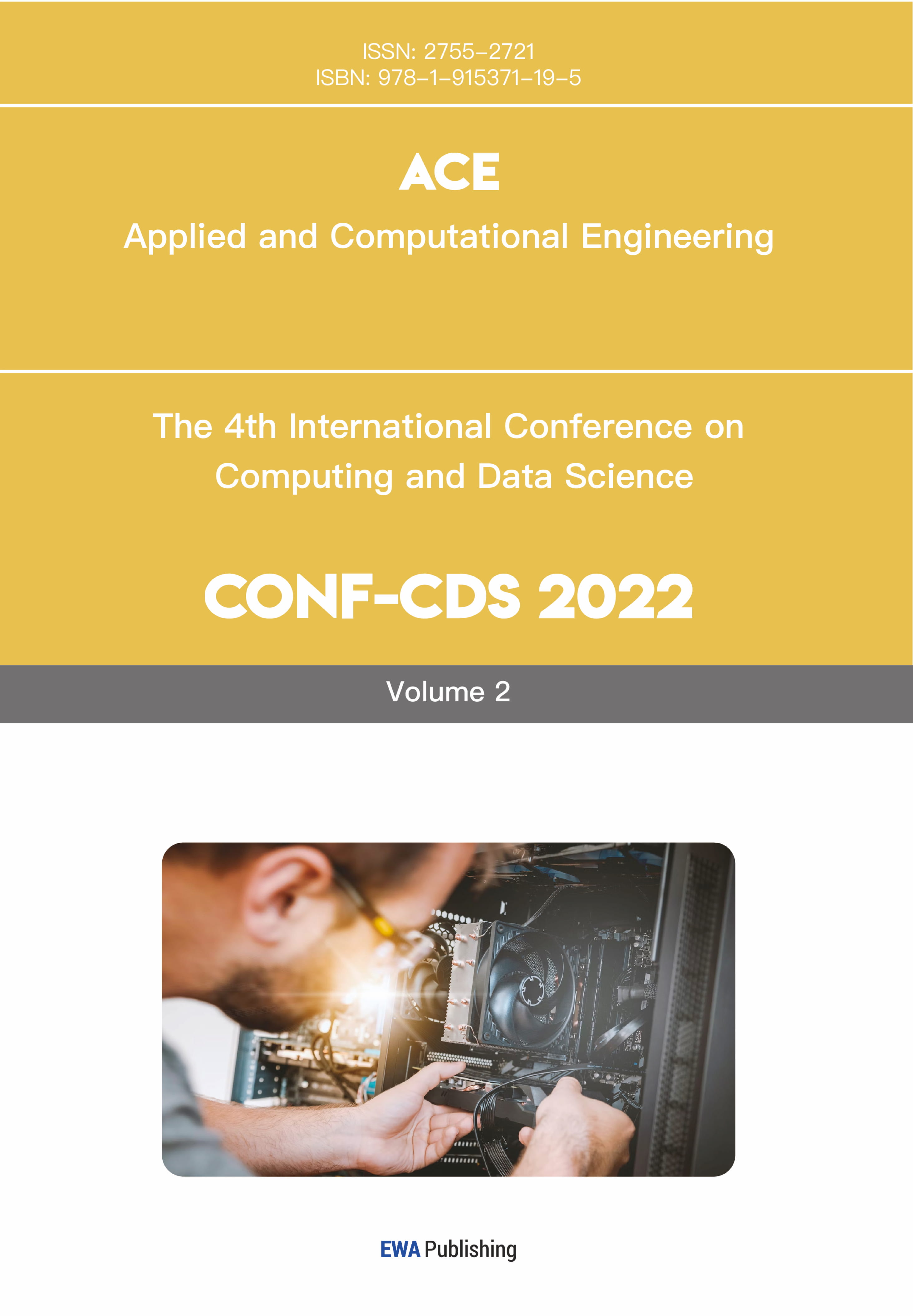References
[1]. Jiang Yinhe. Research on Multi-Modal Emotion Recognition Algorithms Based on Video and Speech [D]. Hangzhou Dianzi University, Electronic Information, 2024: 1-9.
[2]. Fan Peng. Research on Key Technologies for Speech Recognition in Mixed-Language Air Traffic Control [D]. Sichuan University, Computer Science and Technology, 2024: 5-7.
[3]. Chen Shuo. Research on the Application of Deep Learning Neural Networks in Speech Recognition [D]. South China University of Technology, School of Electronics and Information, 2013: 28-31.
[4]. Ji Xueying. Research on Speech Recognition Technology Based on Deep Learning [D]. North China University of Technology, Information and Communication Engineering, 2024: 15-19.
[5]. Zhu Shuqin. Research on Key Technologies of Language Recognition Systems [D]. Xidian University, Computer Application Technology, 2004: 8-15.
[6]. Zhao Xiaoqun, Zhang Yang. Review on the Construction of Acoustic Models for Speech Keyword Recognition Systems [J]. Journal of Yanshan University, 2017, 41(6): 471-478.
[7]. Lu Lin, Wang Dong. A Brief Discussion on the Development Trends of Sound Recognition Models [J]. Automobile Applied Technology, (12): 186-188.
[8]. Shang Kailun. Research on Federated Learning Algorithms for Data Heterogeneity and System Heterogeneity Problems [D]. Beijing University of Chemical Technology, Electronic Information, 2024: 14-18.
[9]. Lin Quan. Research on End-to-End Chinese Language Recognition Algorithms [D]. Southeast University, Electronic and Communication Engineering, 2022: 23-39.
[10]. Jin Xiuli. Research and Implementation of End-to-End Language Recognition Algorithms [D]. Lanzhou Jiaotong University, Information and Communication Engineering, 2023: 27-32.
[11]. Qing Yuan. Research on the Engineering Application of Speech Recognition Based on RNN-T End-to-End Scheme [D]. Nanjing University of Posts and Telecommunications, Software Engineering, 2022: 22-28.
[12]. Li Xue'ao. A Brief Introduction to Intelligent Speech Interaction Control Technology for Virtual Digital Humans [J]. China Equipment Engineering, 2023, 12(1): 28-30.
[13]. Wang Bei, Zhao Ruisong, Niu Yiru, Guo Yuanyuan, Zhao Dongyang, Deng Yunfeng, Zhong Dingrong. Application and Exploration of Intelligent Speech Recognition Technology in Pathology Department [J].
[14]. Li Zhen. Research on End-to-End Neural Network Machine Translation Technology [D]. Information Engineering University of Strategic Support Force, Information and Communication Engineering, 2020: 4-11.
[15]. Shi Xiaohu, Yuan Yuping, Lv Guilin, Chang Zhiyong, Zou Yuanjun. Review of Model Compression Algorithms for Automatic Language Recognition [J]. Journal of Jilin University, 2024, 62(1): 122-131.



